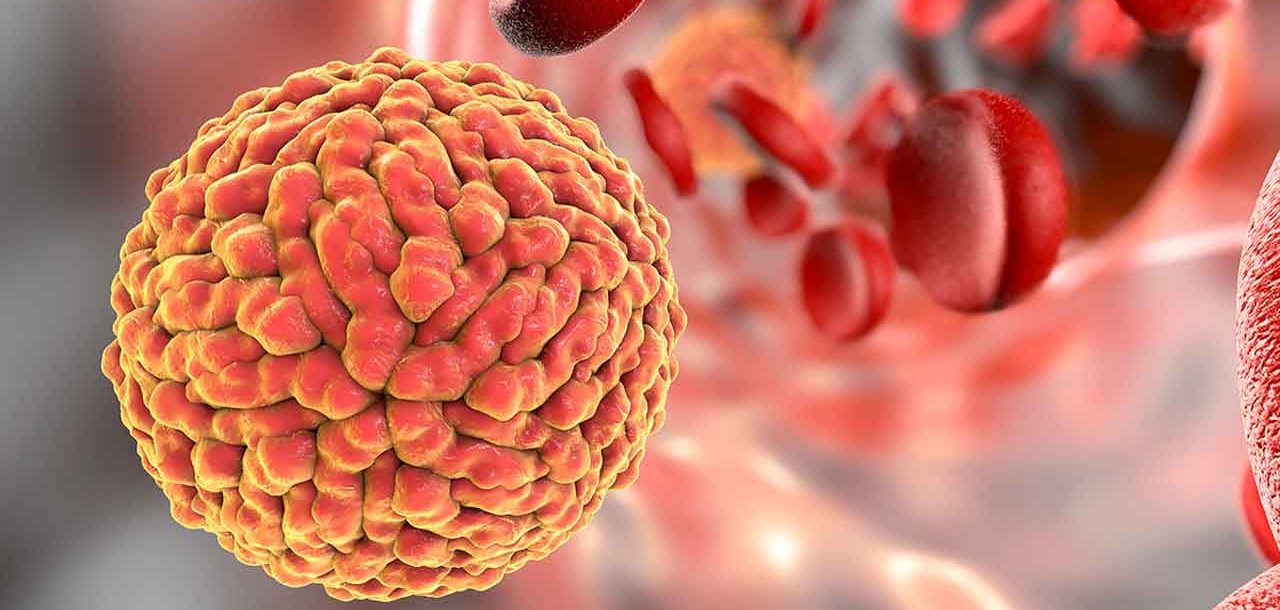Unraveling Zika’s Secrets Could Stop the Virus

By learning how Zika impacts the immune system, scientists can target ways to block the virus – and, hopefully, protect unborn babies.
The Zika epidemic has elements of a mystery story, complete with twists and turns. But medical detectives searching through clues in multiple labs across the country are closing in on the “smoking gun.” They are learning how the zika virus infects cells and, most importantly, how it causes devastating birth defects.
Solving this puzzle is expected to hasten the development of vaccines to prevent Zika infections in the first place and treatments to block the virus from causing vision problems, microcephaly, and other problems in babies born to Zika-infected mothers. The virus, which has spread throughout South and Central America and the Caribbean, is now infecting people in America, according to then Florida Gov. Rick Scott.
YOU MIGHT ALSO LIKE: Your Guide to Zika Virus and Other Mosquito-Borne Illnesses
Zika, West Nile, yellow fever, and dengue fever all belong to the same family of viruses. However, previous research from Emory University School of Medicine showed Zika differs from other flaviviruses because it has the unusual ability to infect placental cells and cross the placental barrier, causing damage to developing fetal brains. And recently University of Michigan investigators and colleagues at Purdue made a surprising discovery that sets Zika apart.
Using high tech 3-D imagining of a Zika protein called NS1, the researchers found Zika is substantially different from other flaviviruses on a molecular level – which means it likely interacts with a person’s immune system differently, too.
“Having the structure of the full-length Zika NS1 provides new information that can help guide the design of a potential vaccine or antiviral drugs," said Janet Smith, PhD, director of the Center for Structural Biology at the University of Michigan Life Sciences Institute, who headed the study.
Another new study from a team of University of California, San Francisco (UCSF), and University of California, Berkeley, scientists suggests two ways Zika may cause damage to a developing fetus at different points in a Zika-infected woman’s pregnancy.
“Very few viruses reach the fetus during pregnancy and cause birth defects,” said researcher Lenore Pereira, PhD, a virologist and UCSF professor of cell and tissue biology. “Understanding how some viruses are able to do this is a very significant question and may be the most essential question for thinking about ways to protect the fetus when the mother gets infected.”
During the first trimester, Zika may damage the fetus by infecting several different types of cells both within the placenta and outside the placenta in the fetal membranes, according to the researchers. They also found cells lining the amniotic membrane surrounding the fetus were particularly susceptible to Zika virus infection during the second trimester.
YOU MIGHT ALSO LIKE: What Pregnant Women Should Know about Zika
"This suggests that these cells play a significant role in mediating transmission to the fetus and supports the hypothesis that transmission could occur across these membranes independently of the placenta, especially in mid and late gestation," Pereira said.
"The most severe birth defects associated with Zika infection — like microcephaly — seem to occur when a woman is infected in the first and second trimester. But there may be a range of lesser but still serious birth defects that occur when a woman is infected later in pregnancy."
Although their findings are preliminary and haven’t been tested in pregnant women, Pereira and her colleagues may have found a treatment that could potentially block the virus from causing birth defects.
In laboratory tests, the drug duramycin stopped Zika from replicating in all the placental and fetal membrane cell types they tested. Duramycin, a broad-spectrum antibiotic often used in animals, blocks the virus by preventing it from latching on to a receptor Zika needs to get into and infect cells, the research team discovered. And it took only relatively low concentrations of the drug to stop the virus.
"This indicates that duramycin or similar drugs could effectively reduce or prevent transmission of Zika virus from mother to fetus across both potential routes and prevent associated birth defects," said Eva Harris, PhD, a professor of infectious diseases and vaccinology at the UC Berkeley School of Public Health.
In other research, three experimental Zika vaccines protected monkeys against infection; one of the vaccines may enter preliminary human studies this year. Meanwhile, researchers are moving forward on human trials involving two different Zika vaccines, both clinical trials approved by the Food and Drug Administration. The National Institute of Allergy and Infectious Diseases (NIAID) is testing a Zika vaccine on 80 adults ages 18 to 35 in Bethesda, Baltimore, and Atlanta. The volunteers will return for follow-up visits over a 44-week period to make sure there are no significant side effects or health problems caused by the vaccine. If all goes well, a more extensive phase II trial will follow and, if the results show the vaccine is safe and effective, it could be in use as early as 2017, according to NIAID Director Anthony Fauci, MD.
Another trial of a different Zika vaccine developed by Inovio Pharmaceuticals is also underway. In all, 40 healthy adult volunteers in Miami, Philadelphia, and Quebec City will receive injections of the vaccine in the first phase of the test.
YOU MIGHT ALSO LIKE: Serious Eye Problems in Babies Now Tied to Zika
Updated:
March 31, 2020
Reviewed By:
Christopher Nystuen, MD, MBA